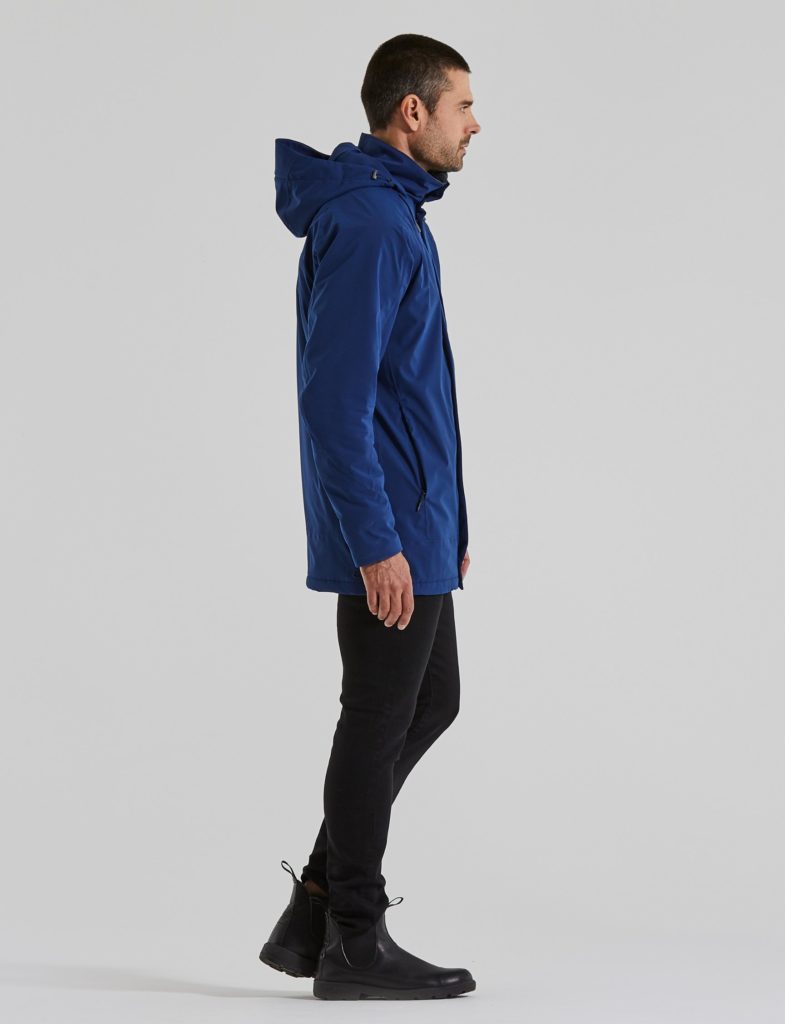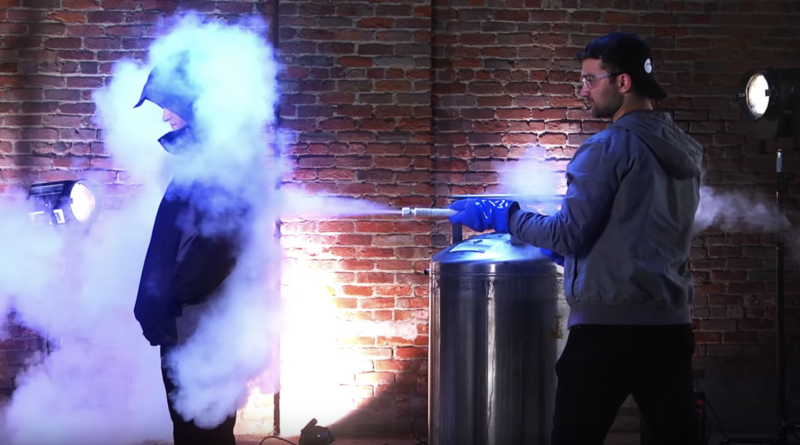Why I Ditched My North Face for This NASA-Tech Jacket
29,351 total views, 1 views today
Growing up in the Northeast, I thought I knew how to power through the dreadful cold of winter. When I moved to Minneapolis two years ago, I realized I was totally wrong. Here, even a multi-layer get-up – an undershirt, dress shirt, and a suit jacket all under a puffy, clunky North Face – hasn’t kept me warm while I’m outside. And wearing an inner layer under my mandatory work outfit gets me uncomfortably clammy in the office.

My North Face certainly wasn’t warm enough for me to even dream of ditching a layer, and even back in my New York days, I shuffled through REI jackets every three or four winters without finding one that really kept me warm. Both with REI and North Face, I needed to speedwalk for five minutes outside to warm up. I began to wonder, how could I avoid those painful first moments in the cold? Was I destined to the discomfort of wearing four layers inside? Did a better jacket exist?
Although I knew my North Face wasn’t cutting it, I felt anxious about spending time and money finding and buying a new coat. I wanted a jacket that worked for all my upcoming winters, so I was willing to spend more money than usual on a one-time, lifelong purchase instead of buying a new jacket every few years.
I figured other Twin Cities folks would know the best jacket for handling the insane winters here, so I asked my coworker Doug, a lifelong Minneapolis native. He told me that his Oros Apparel Orion Parka keeps him perfectly warm during his commute. Since Doug was surviving these Minneapolis winters with this jacket, I felt confident that the Orion Parka would work for me too.
As it turns out, the Orion Parka is made of the same super-insulating aerogel that NASA uses in space suits, shuttles, and the Mars Rover. Aerogel, it turns out, has super-insulating qualities that dwarf 250 other common jacket materials, including the down stuffed into my North Face. Oros’ signature Solarcore aerogels stay warm when compressed, breathe well, break wind, and even support that vital four-way stretch that makes jackets comfortable and easy to move in — no more Michelin Man feeling!
I also learned that Solarcore, like the aerogels NASA uses, can insulate the human body from temperatures as low as -455 degrees F. Astronauts actually encounter temperatures that low, so keeping them warm is literally a life of death situation! If it was insulating and comfortable enough for outer space, it was good enough for Minneapolis. I placed my order right away.
I received my Orion Parka a few nights later and gave it a short test run. I immediately noticed that it kept me way warmer than my North Face, even though it was thinner, lighter, and easier to move around in. I remained warm for the entirety of my stroll to the nearby liquor store and back, so I felt fully confident that I could retire both my North Face and my REI for good. Turns out I was right – the Orion has made my work days so much more comfortable, both during my commute and in my office, and I’m no longer clammy from excessive layering.
Now that the Orion Parka is my go-to winter jacket, I’ve all but forgotten what it’s like to dread facing the blast of chilly Minneapolis air every winter morning. I’ve found that permanent winter warmth solution I so desperately needed, and it’s all thanks to Oros making the best jacket in the galaxy — literally.

If you’re seeking the highest-tech, warmest, thinnest winter jacket you can find, don’t miss the Orion Parka. Click here to enjoy the warmth of NASA’s strongest insulating technology right here on Earth.



Is it rip resistant ?